Struggling to mix tracks smoothly as an amateur bedroom DJ? The mysterious sync button promises to automate tough beatmatching duties so you can focus on rocking the party.
When used properly, the sync button matches tempos between songs, lines up downbeats, and locks tracks together for seamless mixing. But an overdependence on sync risks creative complacency.
Let’s explore what powers this polarizing function, when best to use it, and if it can be a crutch or creative asset.
What Does the Sync Button Do on a DJ Controller?
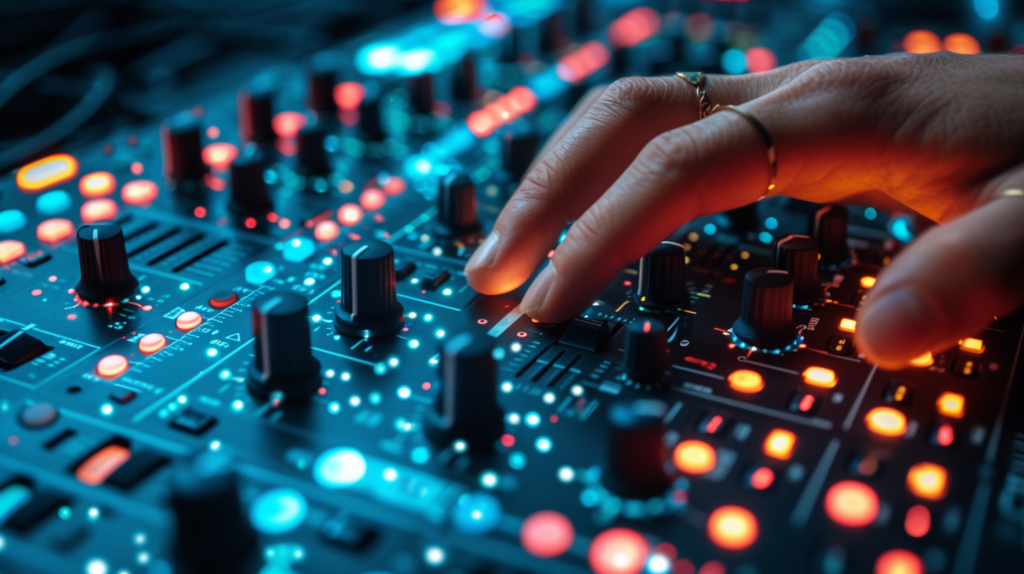
The sync button automatically matches tempo and beat alignment between songs in a DJ’s mix. This allows smoother transitions that would be tricky to execute manually. We’ll explore the purpose, uses, and drawbacks of sync in detail below.
What is Sync?
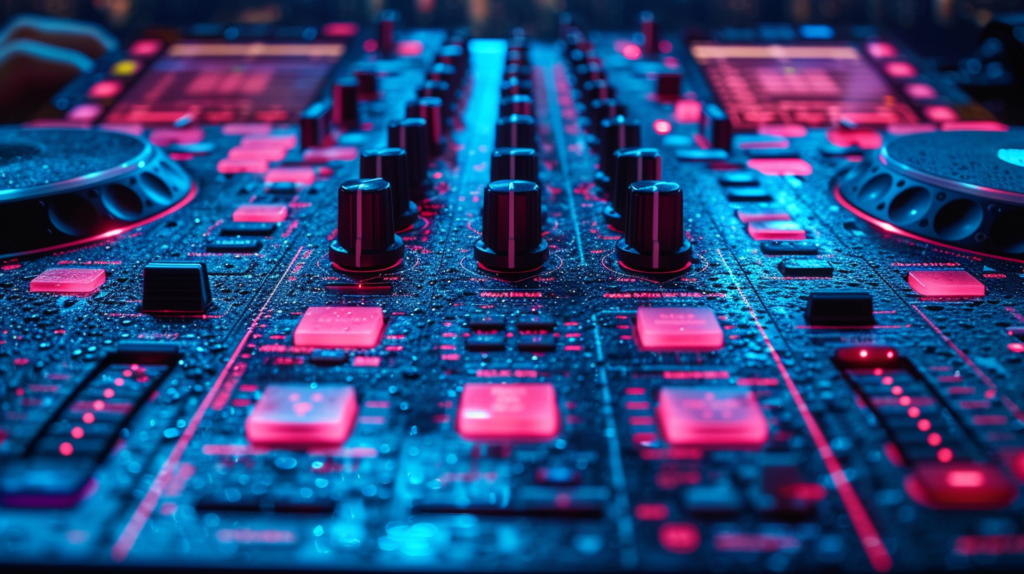
Sync is a key feature on almost all modern DJ controllers and DJ software. When activated, sync allows the DJ to automatically match the tempos, measured in beats per minute (BPM), of two separate tracks playing on different decks. Using proprietary algorithms, sync detects the BPM of the track currently playing and immediately adjusts the rotation speed of the second deck to sync it to the same BPM. This ensures that the beats of both tracks land at the exact same times, allowing for seamless transitions between tracks.
By lining up the downbeats, sync creates a consistent groove for smooth mixing. The sync button essentially locks or synchronizes the two tracks together so that their speeds remain matched even during longer transitions. This prevents drifting or desynchronization over time, which could ruin an otherwise tight mix. With the track speeds synced, the DJ no longer needs to manually speed up or slow down the second track to make the beats match. This frees up the DJ to focus on more creative transitions using loops, samples, effects, EQs, and so on.
Why Use Sync?
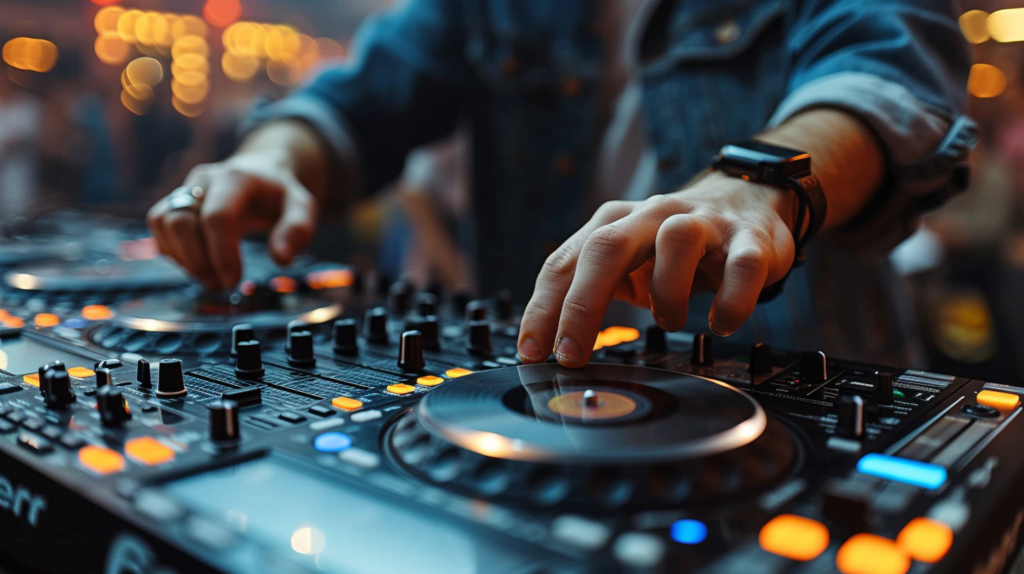
For beginning DJs, sync is an invaluable tool when first learning how to mix tracks smoothly. Beatmatching by ear takes considerable practice and skill to perfect. Sync automates this difficult process through technology rather than by hand. This allows new DJs to spend more of their attention on track selection, EQing, effects, and developing their own mixing style. Overreliance on sync can become a crutch that hampers the development of manual beatmatching ability. But used judiciously, it helps novice DJs gain confidence and play tighter sets earlier in their development.
Even seasoned DJs utilize sync on occasion during transitions that would otherwise be extremely difficult to beatmatch manually. For example, moving between vastly different BPM ranges is tricky without technological assistance. Sync helps quickly change tempos and mix tracks with unusual or fluctuating BPMs. This creative application allows DJs to transition between genres and completely change the mood on the dance floor. For instance, sync may be deployed when transitioning from a slow reggae track at 86 BPM into an uptempo Dutch house banger at 130 BPM. This rapid BPM shift of over 50% could not happen so smoothly without sync.
How Sync Works
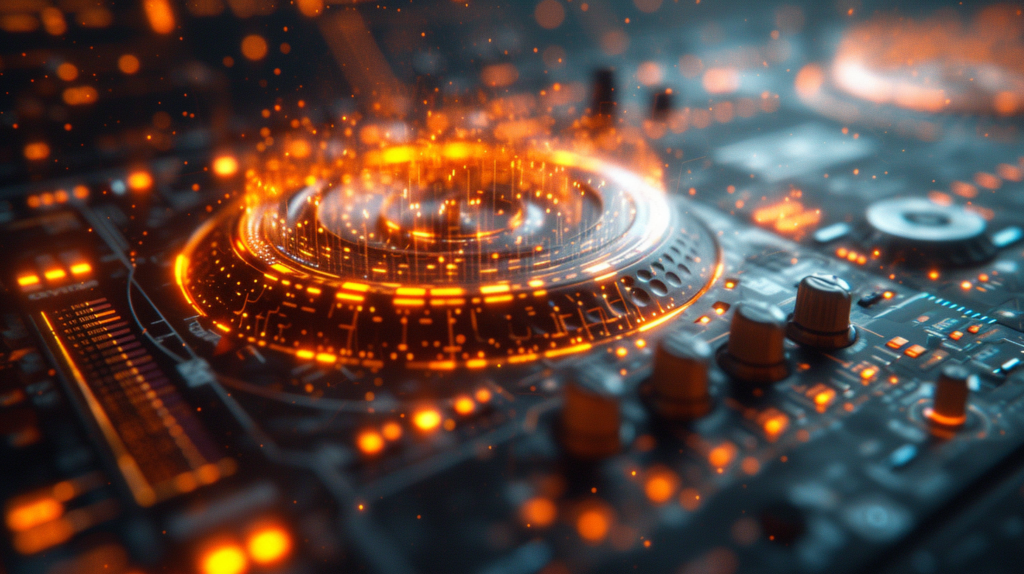
The sync functionality on DJ gear relies on advanced algorithms in the DJ software to detect beats and assign gridlines to tracks. By identifying transients – the moments with the highest change in amplitude – the software locks onto the start of each beat. It confirms this with a complex analysis of rhythmic, harmonic, and tonal patterns which correspond to different time signatures and beats. Once the grid is set, proprietary algorithms count the tempo by measuring the precise interval between beats. This calculation expresses the BPM or beats per minute value.
Most sync buttons trigger a master/slave configuration between the two decks. Deck A with the currently playing track is designated as the master, while deck B with the next track tapped to mix in becomes the slave. When sync is engaged on deck B, its speed is automatically adjusted to match deck A based on the analyzed BPM. Under the hood, a signal tells the motor driving deck B to speed up or slow down until both tracks reach synchronization. Rapid increments finer than human capability calibrate the pitch until the beats are perfectly lined up. If the BPMs drift apart during the mix, sync also continually readjusts to keep them locked. This technical process powered by the sync button frees the DJ from manual beatmatching duties.
Using Sync
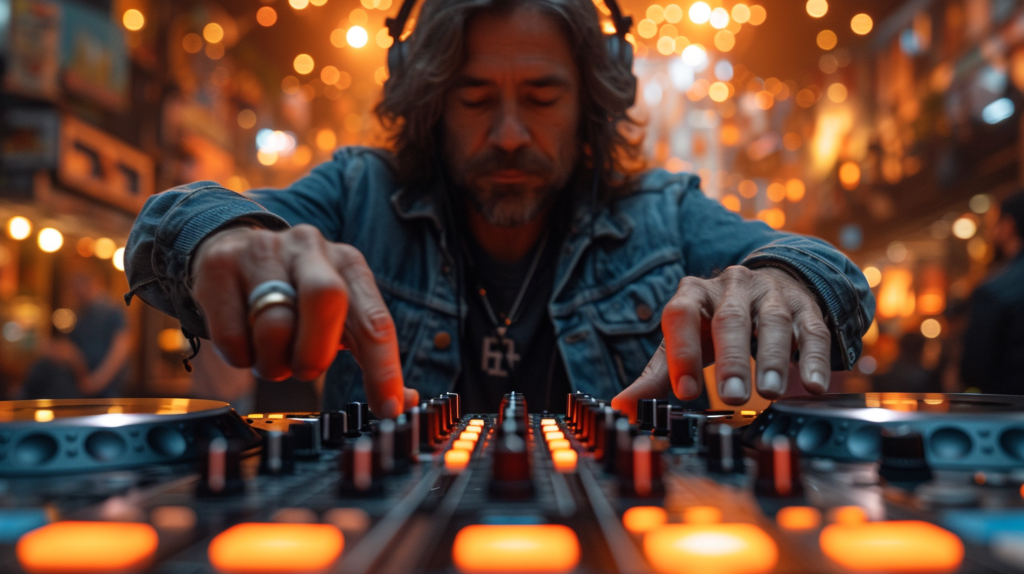
Proper usage of sync while mixing requires some forethought and technique. Simply hitting sync without preparing the next track can lead to sloppy or out-of-sync mixes. DJs should first set cue points for mixing and listen for the first downbeat with the headphones before slamming it into the mix. Sync should be triggered on the slave deck before transitioning to the new track, allowing the technology to calibrate the speeds precisely. Keep the crossfader centered for a few beats while analyzing the sync accuracy before sliding it over.
The algorithms driving sync are advanced – but not bulletproof. Small adjustments to perfectly dial-in the beat sync are still required by ear. Lagging delays in software/hardware result in micro delays between the two tracks. Nudge the jog wheel slightly forward or backward while monitoring the transition to flawlessly line it up. Gentle pitch fader adjustments may also be necessary if the tracks drift slightly out of sync over longer mixes. While sync eliminates large beatmatching duties, a discerning human ear still needs to finesse the finer details.
Creative Uses of Sync

Sync enables DJs to be more adventurous and creative in their mixing capabilities. By removing the reliance on manual beatmatching between tracks with similar BPMs, DJs can experiment with bolder transitions that were traditionally avoided. Sudden genre-bending transitions meant to surprise the dance floor are made simpler using sync as a crash pad to connect eclectic song choices. Effects like echo, filter, phaser and flanger can be introduced as sync automatically adjusts tempo during the transition. Echo out on old track, slam in the new one as sync takes care of the tempo alignment.
Extending mixes for longer than typical 8-bar or 16-bar transitions is also creatively possible with sync confidence. Since it continually readjusts pitch to prevent drifting, DJs can layer tracks for much longer. This gives time to layer loops, vocals, or a cappellas between tracks while sync securely locks the beat grid beneath evolving layers. Sync grants freedom to focus attention on improvisational aspects that elevate DJ sets beyond simple track playback.
Potential Drawbacks of Over-Reliance on Sync

While sync is designed to connect musical elements together across a mix, overuse can sometimes have the opposite effect. Since sync force-matches tempo, the human ebb and flow of groove can become quantized to robotic perfection. This risks losing the fluidity that a real DJ intuitively brings while manually transitioning between tracks. Subtle pitch play during manual beatmatching creates more organic transitions true to the soul of the music. Sync risks sterilizing mixes into technically perfect but lifeless demonstrations void of vulnerable human elements.
Due to lags and approximation algorithms, sync often requires supplementary adjustments as mentioned earlier. But since DJs who solely rely on sync fail to intimately know their music on a rhythmic level, they lack capability for basic adjustments when technology fails. Digging for tracks rather than meticulously dissecting the interplay of beats across bars of music leads to DJs choosing songs for how they sound rather than how they transition. Overfamiliarity with sync divorced from intimate music knowledge inevitably leads DJs to hit walls creatively.
Pushing past those self-imposed creative barriers requires abandoning overreliance on sync. Wrestling manually with mismatches between tracks develops the deepest understanding of blending musical puzzle pieces together properly. Internalizing rhythm dynamics expands a DJ’s confidence to pull off transitions once deemed impossible without sync assistance. Moving beyond sync frees DJ artisanship to craft truly spectacular musical moments.
Conclusion
The sync button is a useful technology when used judiciously, but overreliance can hamper creativity. DJs should utilize sync as a creative tool during tricky transitions, while still honing the foundational skill of manual beatmatching. Ultimately, internalizing the intricate rhythms and textures of your music collection leads to greater confidence improvising memorable DJ sets.
